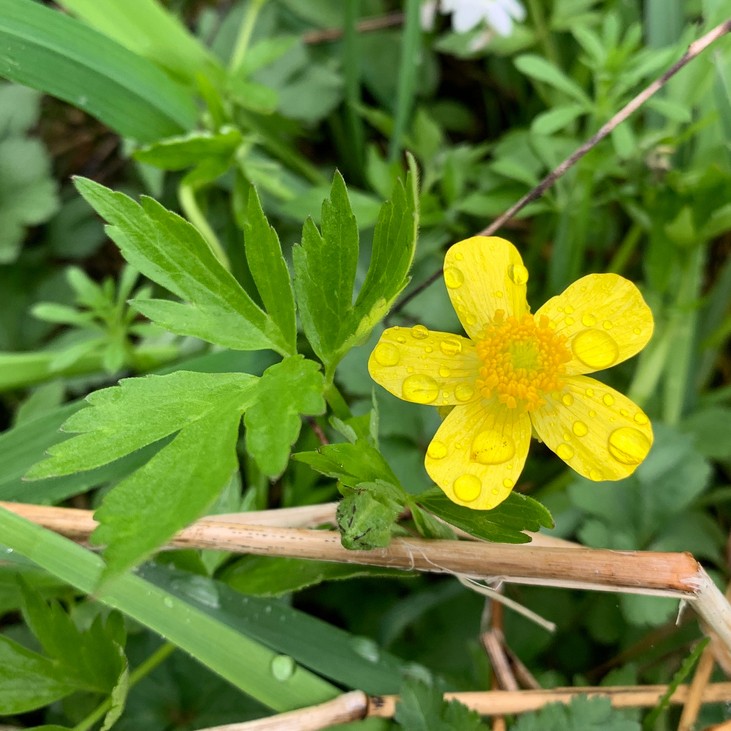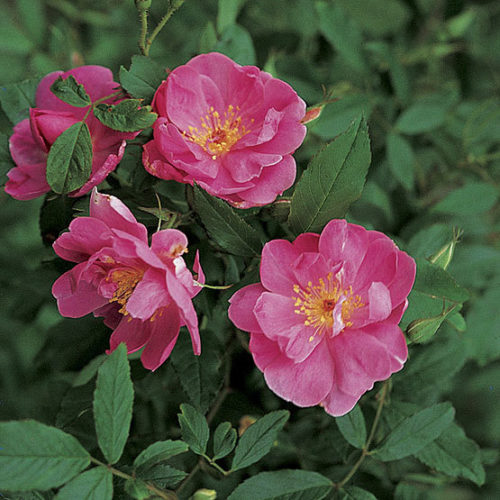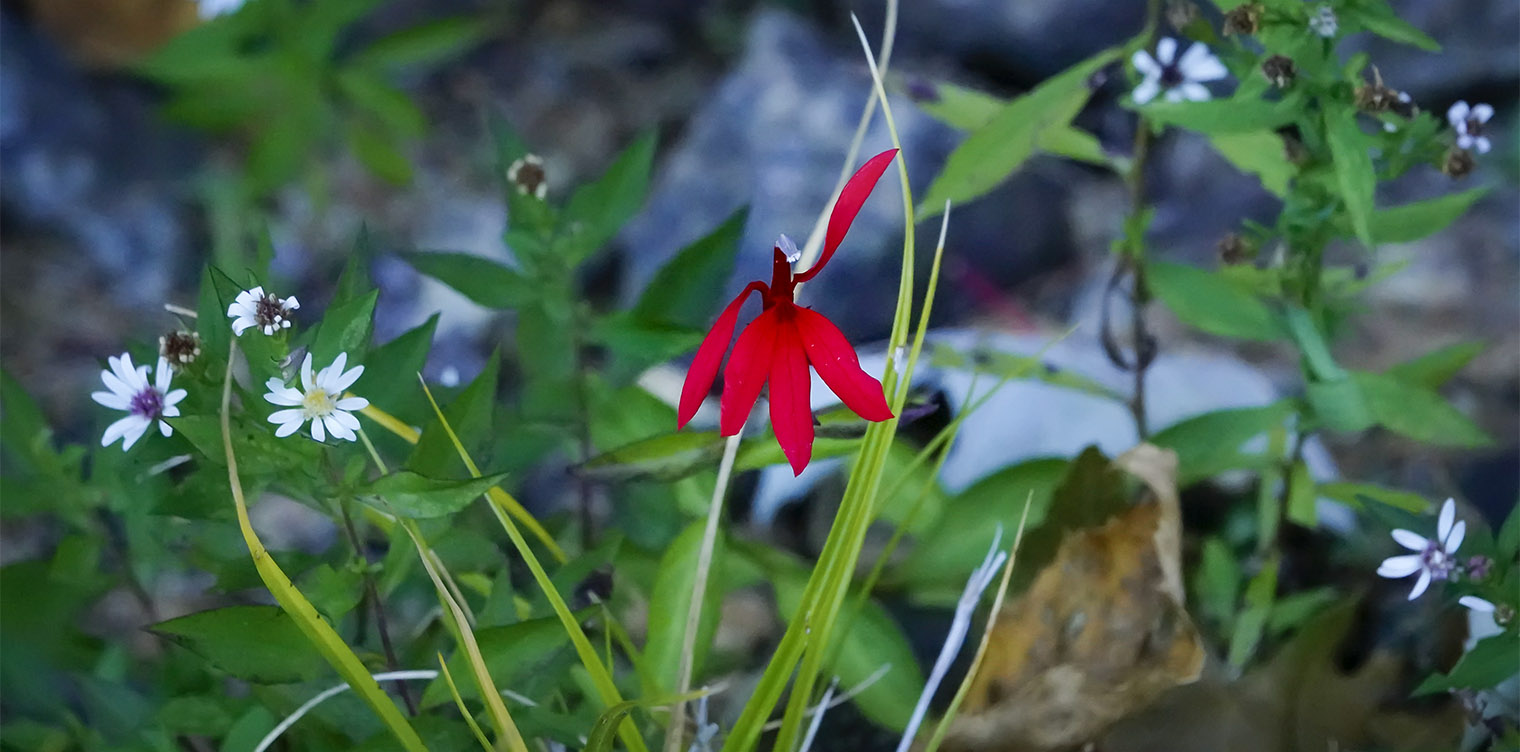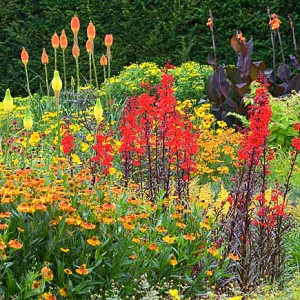Cardinal Flower Companion Plants That Will Make Your Garden Pop
Cardinal Flower Companion Plants That Will Make Your Garden POP
Cardinal flowers are a beautiful addition to any garden, with their bright red blooms that stand out against other plants. But did you know that choosing the right companion plants can help your cardinal flowers really POP? In this blog post, we'll discuss some of the best companion plants for cardinal flowers, and why they're a good match.
Why Choose Companion Plants?
Companion planting is a gardening practice that involves planting certain plants together to benefit each other. There are many reasons why you might want to choose companion plants for your cardinal flowers. For example, some companion plants can help to deter pests, attract pollinators, or improve the overall health of your cardinal flowers.
What to Look for in a Companion Plant
When choosing companion plants for your cardinal flowers, there are a few things to keep in mind. First, consider the sunlight and water requirements of both plants. Cardinal flowers need full sun and moist soil, so you'll want to choose companion plants that have similar needs. Second, think about the size of the plants. Cardinal flowers can grow up to 3 feet tall, so you'll need to choose companion plants that won't overshadow them. Finally, consider the overall look of your garden. If you want a colorful display, you might want to choose companion plants with complementary flowers.
Some of the Best Companion Plants for Cardinal Flowers
Here are a few of the best companion plants for cardinal flowers:
- Blue lobelia: This plant has bright blue flowers that contrast nicely with the red cardinal flowers. It also has similar sunlight and water requirements, making it a good match.

- Swamp milkweed: This plant is a host plant for monarch butterflies, which will help to attract these beautiful creatures to your garden. It also tolerates wet soil, which makes it a good choice for planting near cardinal flowers.

- Bristly buttercup: This plant has bright yellow flowers that bloom in the summer. It's a low-maintenance plant that doesn't require a lot of water, making it a good choice for planting near cardinal flowers.

- Wild iris: This plant has beautiful purple flowers that bloom in the spring. It's a hardy plant that can tolerate a variety of conditions, making it a good choice for planting near cardinal flowers.

- Swamp rose: This plant has fragrant pink flowers that bloom in the summer. It's a wetland plant that needs moist soil, so it's a good choice for planting near cardinal flowers in a rain garden.

Conclusion
Cardinal flowers are a beautiful and easy-to-grow plant that can add a touch of color to any garden. By choosing the right companion plants, you can help your cardinal flowers thrive and really POP in your garden.
Cardinal flowers are a beautiful addition to any garden, but they can really shine when planted with the right companion plants. Some good choices include:
- Blue lobelia: This creates a beautiful contrast with the cardinal flower's bright red blooms.
- Monkey flower: This plant has similar growing conditions to cardinal flower and blooms in a variety of colors, including orange, pink, and purple.
- Bristly buttercup: This plant adds height and interest to the garden, and its yellow blooms complement the cardinal flower's red.
- Wild iris: This native plant blooms in the spring and summer, and its blue or purple flowers look stunning next to the cardinal flower's red.
- Swamp rose: This plant is a bit more difficult to find, but it's well worth the effort. Its pink or white flowers bloom in the summer and fall, and it provides nectar for butterflies and hummingbirds.
For more information about cardinal flower companion plants, visit Garden Wiki.
FAQ of cardinal flower companion plants
Q: What are some good companion plants for cardinal flowers?
A: Cardinal flowers are tall, upright plants that bloom in bright red or orange. They prefer moist, well-drained soil and full sun to partial shade. Some good companion plants for cardinal flowers include:
- Bluebells: Bluebells are low-growing, shade-tolerant plants that bloom in blue or white flowers. They help to fill in the space around taller cardinal flowers and provide a contrast in color.
- Coneflowers: Coneflowers are tall, sturdy plants that bloom in purple, pink, or white flowers. They have similar growing conditions to cardinal flowers and can help to add height and interest to a garden bed.
- Turtlehead: Turtlehead is a tall, native wildflower that blooms in pink or white flowers. It prefers moist soil and partial shade, and it can help to attract butterflies and hummingbirds to your garden.
- Swamp milkweed: Swamp milkweed is a tall, native wildflower that blooms in pink or purple flowers. It prefers moist soil and full sun, and it is a host plant for monarch butterflies.
- Black-eyed Susans: Black-eyed Susans are low-growing, native wildflowers that bloom in yellow flowers with a dark brown center. They prefer full sun and well-drained soil, and they can help to add a splash of color to a garden bed.
Q: What are the best growing conditions for cardinal flowers?
A: Cardinal flowers prefer moist, well-drained soil and full sun to partial shade. They are not drought tolerant, so they should be watered regularly during dry periods. Cardinal flowers are also susceptible to powdery mildew, so they should be planted in an area with good air circulation.
Q: How do I propagate cardinal flowers?
A: Cardinal flowers can be propagated by seed or division. To propagate by seed, sow the seeds in the spring in a well-drained seed bed. The seeds will germinate in about 2 weeks. To propagate by division, divide the cardinal flower plant in the spring or fall. Each division should have at least 3-4 roots.
Q: How do I care for cardinal flowers?
A: Cardinal flowers need regular watering, especially during hot, dry weather. They should also be fertilized once a month with a balanced fertilizer. In the fall, after the cardinal flowers have finished blooming, cut them back to the ground. This will help to prevent them from becoming leggy and encourage new growth in the spring.
Q: What are some common pests and diseases that affect cardinal flowers?
A: Cardinal flowers are susceptible to a few pests and diseases, including:
- Aphids: Aphids are small, sap-sucking insects that can cause leaves to wilt and curl. They can be controlled with insecticidal soap or neem oil.
- Powdery mildew: Powdery mildew is a fungal disease that causes a white, powdery growth on leaves. It can be controlled by watering in the morning so that leaves have a chance to dry before nightfall, and by planting cardinal flowers in an area with good air circulation.
- Leaf spot: Leaf spot is a fungal disease that causes brown or black spots on leaves. It can be controlled by removing infected leaves and treating the plant with a fungicide.
Image of cardinal flower companion plants
- Black-eyed Susans. These cheerful yellow flowers bloom in the summer and attract butterflies and other pollinators. They grow well in moist, sunny areas, just like cardinal flowers.

- Turtlehead. This native North American plant has spikes of pink or purple flowers that bloom in the summer. It prefers moist, shady areas, so it's a good choice for planting near cardinal flowers.

- Joe Pye Weed. This tall, showy plant has spikes of white, pink, or purple flowers that bloom in the summer and fall. It prefers moist, sunny areas, so it's a good choice for planting near cardinal flowers.

- Astilbe. This fern-like plant has delicate pink, white, or purple flowers that bloom in the summer. It prefers moist, shady areas, so it's a good choice for planting near cardinal flowers.

- Goldenrod. This native North American plant has spikes of yellow flowers that bloom in the summer and fall. It prefers moist, sunny areas, so it's a good choice for planting near cardinal flowers.

Post a Comment for " Cardinal Flower Companion Plants That Will Make Your Garden Pop"